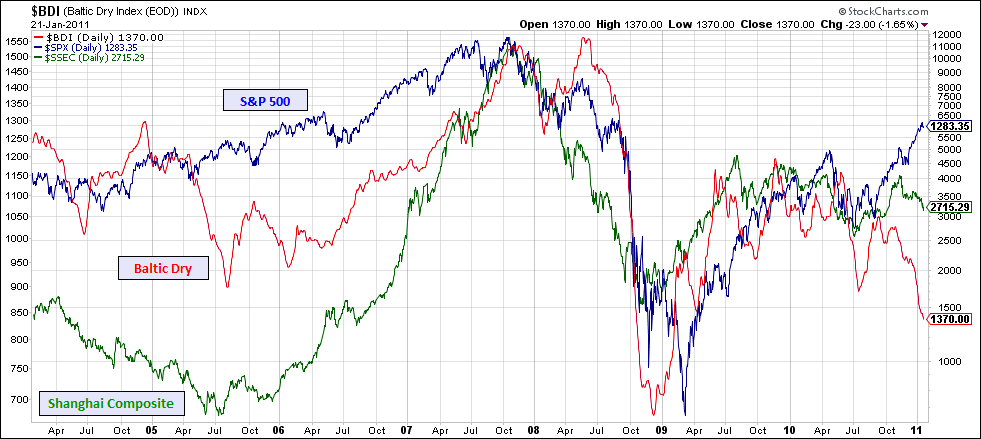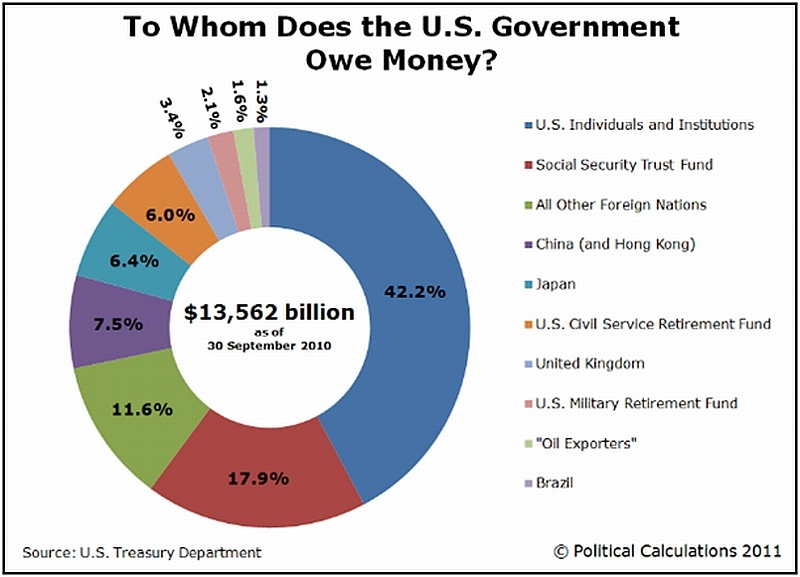I used to love her
But I had to kill her
- Guns N' Roses
This is the long awaited (by me) therapeutic venting about my saga getting home from a road trip and how Delta Airlines went from one of my favorite airlines to my second most hated (after
Spirit Airlines <--blogged here). Read the first few paragraphs for some airline history. Keep going if you have nothing better to do.
Delta's fall from grace was not immediate and to this day I still have most of my frequent flyer miles with them. From 2003 to 2006, when they ran their "
Song Airlines" brand, I was a really huge fan. It was JetBlue only more fun and I though they should have re-branded the whole shebang Song instead of the other way around.
But over the past few years, and I cannot be sure if it started when they merged/bought Northwest in 2008 but it seems about right, I noticed the decline. The first thing I saw was seat sizes getting smaller. There is nothing like the passenger next to you spilling out into your personal space, elbows in your side, knees splayed wide under your tray table. Imagine feeling the warmth from some dude's leg through your pants - grasp the skeeviness. I need a shower just writing this.
Of course, a lot has to do with the airline industry as a whole as they cope with oppressive regulations and security concerns. Jet fuel prices, airport fees, refitting planes to thwart the terrorists that should not be getting through the TSA feel-ups in the first place, etc....
Digression - forget all security, do profiling like El Al and give the pilot a button to push that floods the cabin with sleeping gas. Not only would there be no terrorism but you'd get a pretty decent nap before you arrived at your destination. Use bag scanners to search for gas masks, not half-empty bottles of my kid's gatorade and my wife's bottle of hair conditioner.
But some airlines handle it well. American's JFK terminal - a breeze and clean, too. Southwest in Islip - the easiest way to go although I do hate the jockeying for a good seat with nothing assigned. JetBlue in JFK - busy but efficient with all the amenities and reasonably comfy seats. Comfy seats - imagine that. Don't you love it when the pilot tells you to sit back and relax?
What a crock. If I can pay for more leg room how about more elbow room? Keep your fancy meals and tray service in First Class. Charge me the same $10 dollars you charge for more legroom and pass the Diet Coke and bag with six peanuts.
And both Southwest and JetBlue fly to the "off" airports such as Long Beach, CA instead of LAX. If you have a choice in Gov. Moonbeam's crib, go to Long Beach.
So here's the saga of my return from Miami.You can stop reading now unless you like a good Travel Channel nightmare.
Pre-trip - Delta changes plane types and flight number and did not send me a notice. I found out when I was just rechecking my plans. Fortunately, the agent was a doll and was able to change my seats by freeing up blocked out seats for my family stacked in two rows on the same side of the plane. Five across does not work for us with a kicking small child.
Tuesday afternoon - Delta cancels my Wednesday evening flight back to NY. Why? The big snow was supposed to start when we'd be in the air. It turns out it was pushed back and the snow did not start until we would have been on the ground. They later claimed it was the Atlanta storm that was the real reason, something that is BS for reasons to be found later.
Fortunately, I was already online when it happened and was able to snag seats on the next day's flight. These were the seats, by the way, that I rejected the first time but this is no time to get fancy. Just get on the plane and tough it out.
Wednesday afternoon - Storm passed through NY and the airport was fine with few delays. Flight said to be on time.
Wednesday 5:30 pm - Arrive at Miami airport, TSA agent was rather friendly, no pat down or excessive radiation machines. Headed to the gate and flight now delayed from 7:23 departure to 11:00. Unreal.
Got to the gate and there was a plane sitting there. Huh? Found an agent and found out that was indeed the plane and the pilot was in the terminal but the flight attendants were still in NY and about to take the next flight down. The flight attendants were the problem? Come on, nobody is on call? And why were they in NY if the earlier claim for the cancellation was because of Atlanta? This does not pass the smell test.
We take off a bit earlier than 11 and I squeeze in next to Joe Long Legs. he does not even try not to spill over into my space. Needless to say, I did what I could to disturb his sleep and coax him to contract. No dice. I found a seat in the back row and stayed there until final approach to NY.
The flight was smooth and the flight attendants were great. We land at 1:15 am and taxi 20 minutes around JFK airport to get to the terminal. Can't blame that on Delta.
Get to the terminal and we have to be towed into the gate. OK, a few more minutes but since it is after 1am, the only gate they had was this end one that needed a tow? Didn't they consider that we were already 3 hours late compared to the original arrive time?
They tow us in and we wait. The pilot comes on the PA and says the jetway is not working and they sent for someone to fix it. You would think they knew we were coming and would have checked it.
Minutes go by and the pilot comes on the PA to say it will be a few more minutes - he hopes.
Minutes go by and the pilot comes on the PA, apologizes for making excuses and says the person who fixes the jetway was not there and we'd have to be towed to another gate. Again, you'd think they knew we were coming and sent us there in the first place.
Finally, we are out of the plane - 50 minutes after we touched down - but the upside of the last delay was that our luggage had time to get there when we did. The bags come out and the belt stops. and then it started and stopped a few more times. But the limo guy was waiting and off we went.
Oh, did I mention the terminal at JFK was a dump? And that they charge for the first bag?
Does Amtrak go to the Caribbean?













